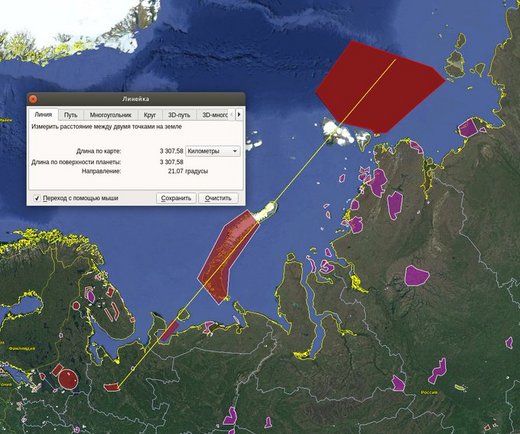On 16 December 2020 Russia conducted another test of its Nudol anti-satellite system. There was no official announcement and the test was disclosed by the U.S. Space Command. Russia, however, did issue a formal NOTAM notification (as it normally does).
This appears to be the 10th test of the system - a test in June 2019 was planned, but probably didn't take place (it is not in Jonathan McDowell's log of suborbital launches. The first two tests are known to be unsuccessful.
- 12 August 2014 - failure
- 22 April 2015 - failure
- 18 November 2015 - first successful test of the missile
- 25 May 2016
- 16 December 2016
- 26 March 2018 - first test from a mobile launcher
- 23 December 2018
- June 2019?
- 15 November 2019
- 15 April 2020
- 16 December 2020 - this test


Comments
As for previous Nudol flight tests, the major question regarding this test is whether any form of target and terminal guidance & sensing were involved (even if no hit were intended - yet -, also considering orbit pollution issues).
Otherwise, calling this an ASAT test would be pure political smoke, as it wouldn't technically mean anything more than testing some (new?) ballistic class booster's ascent...
Although, if intended for direct-ascent hit-to-kill ASAT, it would require a faster booster than your typical ballistic missile, but nothing groundbreaking for russian engineers' experience. A possible link to the development of a new high altitude BMD interceptor would also exist in this case (at least regarding the booster, if not the payload - see SM-3).
If a "non direct hit" ASAT capability is sought, I guess the booster just has to put into low orbit some loitering terminal stage that will later alter its orbit to come close to the target at a much slower relative speed.
Is there any assessment on these questions at this point ?
Best regards
No, I don't know of this kind of assessment - there are not too many details about these tests. But it is known from various sources that it is indeed an ASAT system.
Indeed.
The US Space Command is even much more specific, mentioning it as being a direct ascent ASAT test, which relates to my 2nd scenario above, involving hit-to-kill (or if not... well, you guess, but I doubt that !!).
Isn't it also curious that it is fired from Plesetsk ? The site has no ABM interceptor testing history, or does it ? Maybe it was chosen because it is a good candidate for future operational capability ? Pretty easy for the US to monitor, on the other hand...
I still find it strange that the US intel community wouldn't make any public comment on their assessment of these tests significance as to the (limited?) advancement of the RU program, especially if no hit-to-kill were involved yet. Or do they want to make Vlad look more menacing than he is yet ?
Following on my previous post, the timely presence, on some near-colliding orbit to the Nudol test trajectory, of any sort of target would, I believe, surely be known from US LEO space surveillance sensors...
Its absence, inversely, is enough proof that no terminal guidance testing (and possibly, no terminal stage) was involved, which I tend to think, at this point. I believe the DoD has the answer.
Regards